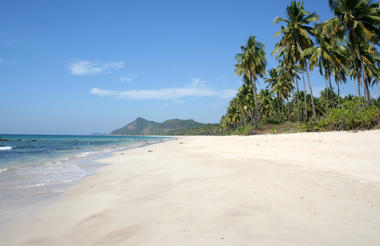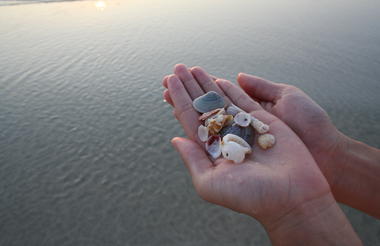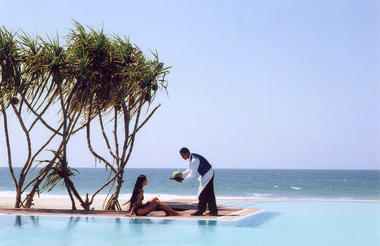Myanmar remains a land cloaked in mystery, where the path less travelled yields memories that linger for a lifetime. From the endless temple plains of Bagan, to the floating gardens and graceful fishermen of Inle Lake, to the pristine stretches of powdery sand along Ngapali, the country is a visual and cultural feast. Vast and diverse, roughly the size of France and England combined, Myanmar is home to more than 130 ethnic groups, each contributing to its extraordinary cultural mosaic. Stretching from snow-capped Himalayan peaks in the north to coral-fringed islands of the Andaman Sea in the south, Myanmar’s landscapes offer dramatic contrasts: fertile valleys, forested hills, serene rivers, and unspoilt coastlines. Ancient pagodas, royal palaces, and traditional villages pepper the terrain, offering a sense of timelessness and discovery. Whether seeking secluded beaches, cultural immersion, jungle adventures, or contemplative retreats among sacred temples, Myanmar presents an unrivalled opportunity to experience Southeast Asia in its purest and most authentic form—a country both enchanting and remarkably untouched.
With a population of over 5 million, Yangon, also known as Rangoon, was the capital of Myanmar up until the end of 2005. It remains the largest city, and is still the pivotal commercial hub of the country today. A visit to this magnificent city will allow you to take in the interesting mix of British, Burmese, Chinese and Indian cultures that mingle there. The skyline is an interesting contrast of decaying colonial architecture and modern high-rises, dominated by the golden glow of the Shwedagon Pagoda, an exquisite Buddhist temple that draws pilgrims from across the globe. Your time here would be well spent visiting the impressive array of temples, museums and markets that the city has to offer.
History Yangon in brief
European countries in a race to control trade routes had established trading posts in across South East Asia. East India Trading company controlled by the British had extended its operations to the Burmese coast and where trading with the Burmese kings. Three Anglo-Burmese wars flared up and in the second Anglo-Burmese war 1852 the British took over Southern Burma and made Rangoon its capital. The old name of Rangoon was Dagon. After third war in 1885 and ousting king Thibaw in Mandalay where the capital was located Rangoon became the capital for the whole country of Burma. Dr William Montgomerie sketched the new plan for the city and Lt Alexander Fraser from the Bengal Engineers implemented. Many architects were employed to fill in the city plan with schools, hospitals, parks, banks, shops and administrative buildings.
Fast forward… the colonial times are long gone, but in Yangon they have left behind a rich architectural heritage, of a type which many other capital cities of the region has been lost to “progress”. Yangon has the largest number of colonial buildings in the whole of Southeast Asia. Many colonial-era buildings that today host state institutions and authorities, such as government banks and the Port Authority, as well as the High Court and City Hall, are clustered in the downtown area. The Strand Hotel is there, too, built by the famous Sarkies Brothers in 1901, and today a sumptuous reminder of a bygone era.
Unlike many of its regional counterparts Yangon is also still first and foremost a green city, despite the battering it received from a cyclone in 2008. In the tranquil settings of Kandawgyi Lake and Inya Lake, and along its wide avenues, Yangon can still boast countless old trees and vegetation. A panoramic view of the city reveals its beauty – with the awe-inspiring Shwedagon Pagoda in its golden hue on one side, on a low hill, and on the other side the ancient Sule Pagoda and its encircling shops in the downtown area.



The last royal capital of Myanmar. Mention of the word “Mandalay” conjures up sentiments of romance and tragedy, as immortalized in the literary gifts of George Orwell, Rudyard Kipling and Somerset Maugham. The true saga of the last reigning monarch King Thibaw, however, is imbued with romance and tragedy as much as any literary account. Through a combination of deceit, manipulation and false hopes stirred by court advisors and his wife, the fitful reign of King Thibaw ended when the British took Upper Burma in 1885. His family was exiled to India, where they lived in near poverty for the remainder of their lives. Before him, the struggles of the many ancient kings to gain control of the region were as complex and fantastical as a fairy tale.
With British rule, Mandalay’s streets were laid out on a grid system with the large, square palace compound of the former King Thibaw as its epicenter and surrounded by high, red walls and a moat. The effect is unlike any other city in Southeast Asia. With Myanmar’s highest concentration of monks, hundreds of monasteries, and legions of craftsmen, Mandalay is widely regarded as the religious and cultural heart of Myanmar. Among the most venerable pagodas are the Mahamuni Paya, now home to an ancient Buddha image from Rakhine State in western Myanmar, covered in gold leaf by devout Buddhists over many years; and Kuthodaw Paya, with 729 marble slabs bearing inscriptions of the entire Buddhist Tripitaka canon placed around the central stupa. According to legend, on a visit to Myanmar accompanied by his disciple Ananda, the Buddha climbed the 236 meter high Mandalay Hill overlooking the surrounding plains. Standing at the summit, he pointed with arm outstretched to where the Mandalay Palace stands today, and declared that a great city would be founded there after 2,400 years. That year corresponds to 1857 AD, when King Mindon ordered the move of the royal capital from Amarapura to a new city constructed at the foot of Mandalay Hill and bearing its name. Near the top of the hill, a standing Buddha image represents the prophecy.



Founded by the British in 1896, Pyin Oo Lwin was originally called Maymyo (‘May-town’), after Colonel May of the 5th Bengal Infantry, and was designed as a place to escape the Mandalay heat. After the construction of the railway from Mandalay, Maymyo became the summer capital for the British colonial administration, a role it held until the end of British rule in 1948. The name was changed after the British departed, but numerous colonial mansions and churches remain, as do the descendants of the Indian and Nepali workers who came here to lay the railway line. Pyin Oo Lwin is situated 67 km (42 mi) east of Mandalay.
More recently, Pyin Oo Lwin has become famous for its fruit, jams and fruit wines. With the rise of the Myanmar version of the nouveau riche, Pyin Oo Lwin is once again a popular weekend and hot-season getaway, so get here sharpish to experience what’s left of the old charm and calm.

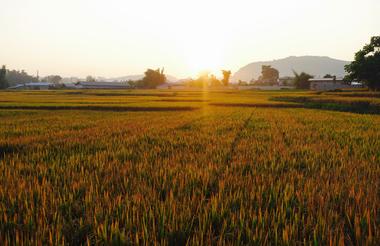
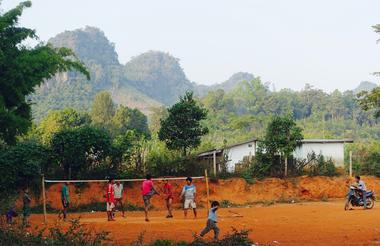
As previously described



Resting on the banks of the mighty Irrawaddy River, Old Bagan is both a wondrous UNESCO World Heritage Site and the core of the Bagan Archeological Zone. This charming destination is home to lovely museums, several magnificent temples, enticing shops, and mouth-watering cuisine. Must-see attractions include the famous Shwesandaw Pagoda; the exquisite red-brick facade of the Htilominlo Temple; the interesting exhibitions at the Bagan Archaeological Museum; and the panoramic views from the Atwin Zigon Pagoda. Enjoy a leisurely round of golf at the spectacular 18-hole Bagan Nyaung Oo Golf Club, or wander down to the waterfront and admire the spectacular views and bustling riverside trade.



Myanmars tropical paradise and premiere beach resort. Ngapali Beach is a tropical paradise of pristine sand, clear blue waters and groves of picturesque coconut palms. Over 10km of white sand beach runs along the Bay of Bengal, with a smattering of only a dozen or so resorts to create a sense of seclusion and hidden discovery. The limited development and small number of visitors means the beach never feels crowded, a dream come true for lovers of the sun, sea and sand. Besides the usual sunbathing and swimming, leisure activities include snorkeling, sailing, scenic walks and bike trips.
Myanmars tropical paradise and premiere beach resort. Far away from tourist crowds, Ngapali Beach is still a truly undiscovered paradise. The long beach is dotted with charming boutique style resorts built in local materials, the architecture blending harmoniously with the natural surroundings. There are no high rises, no noisy roads, no booming discotheques, no jetskis and no packed rows of oiled bodies baking in the sun. The stretch of white sand, natural beauty of the blue sea, swaying palm trees and quiet privacy are guaranteed ingredients of an exquisite beach holiday.
Active visitors can choose from visiting the colorful local market in Thandwe (Sandoway), biking along the coast to surrounding villages, or hiring a boat to go fishing or sailing against the coastal backdrop of the Rakhine hills. An early morning’s bicycle ride to the nearby fishing villages – where hoards of small fishing boats return home from the night’s catch with baskets of fish ready for the women to spread on the beach for drying in the sun – will provide an insight into the local life and ample opportunities for photography. And as the sun drops below the horizon, out over the waters, gorgeous sunsets are a pleasure to watch with a cocktail or two back at the hotel’s intimate beach bar. There also are several local restaurants within walking distance where local dishes are served, in particular fresh fish and sea food. Here, visitors will be able to enjoy some of the largest, most flavorful and most affordable lobster, crab, giant prawns and a variety of ocean fish in all of Asia. All hotels offer a choice of restaurants serving Western and Asian cuisine as well. In short, all the creature comforts of home are on offer, but in an environment of tranquility rarely encountered in the modern world.
